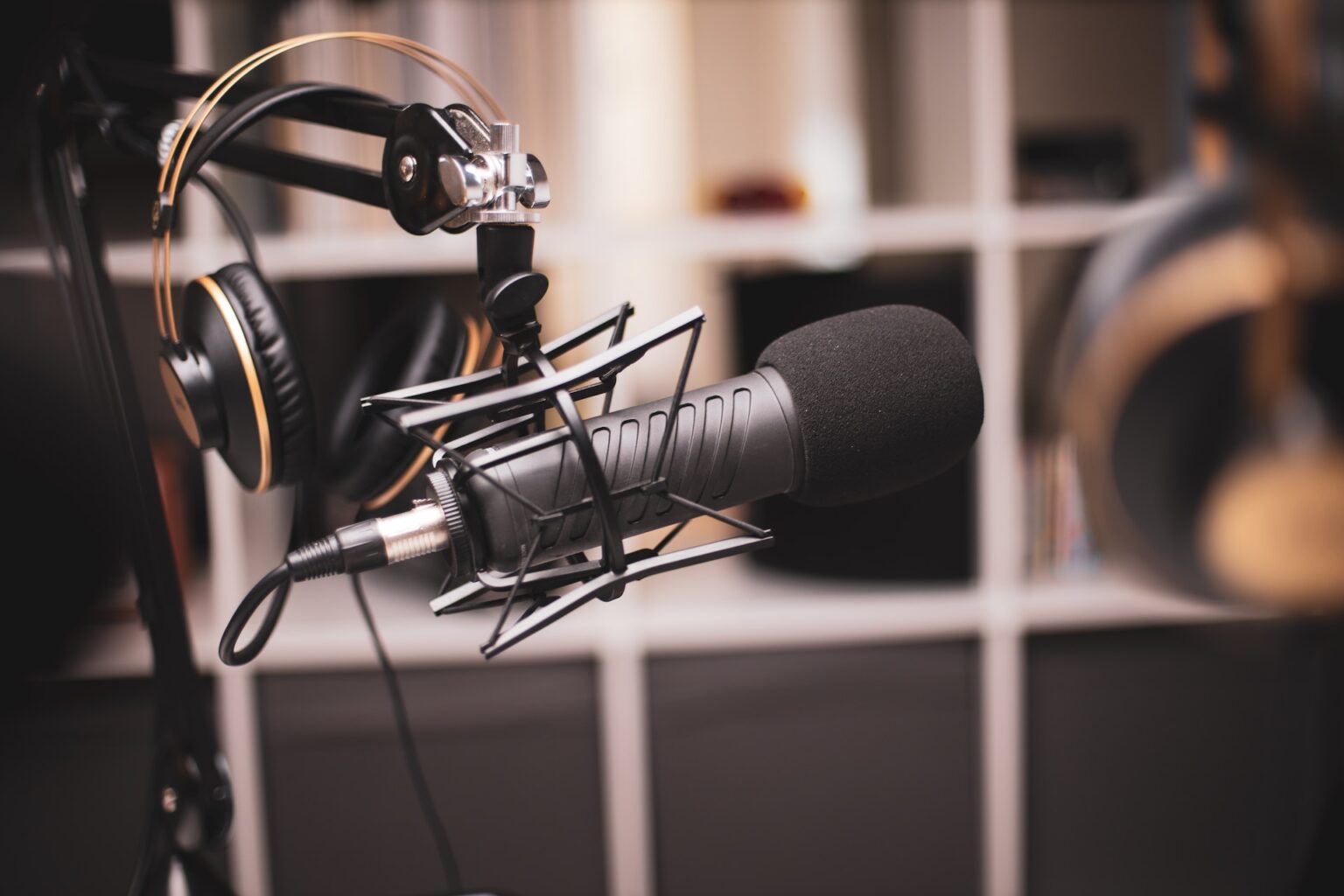Great audio is a crucial component of any successful film. It enhances the viewer’s experience, immerses them in the story, and brings the visuals to life. As a filmmaker, understanding the importance of audio and mastering essential audio techniques is essential. In this blog post, we will share four must-know audio tips that will help you elevate the quality of your films and captivate your audience.
1. Invest in Quality Sound Equipment
To capture professional-grade audio, it’s crucial to invest in high-quality sound equipment. Start with a reliable microphone, such as a shotgun or lavalier microphone, depending on your shooting requirements. Consider using an external audio recorder to capture clean and uncompressed audio. Additionally, a windscreen or a dead cat cover for your microphone can help reduce unwanted wind noise when filming outdoors. Remember, the quality of your audio equipment will directly impact the overall sound of your film, so choose wisely.
2. Practice Proper Location Sound Recording
Capturing clean and clear audio on location is vital for achieving professional results. Here are a few tips for recording audio on set:
- Minimize Background Noise: Choose shooting locations with minimal background noise, such as busy streets or loud machinery. If that’s not possible, try to schedule your shoot during quieter times of the day and use soundproofing techniques like blankets or foam to reduce echo and reflections.
- Use Headphones: Always monitor your audio while recording using a pair of high-quality headphones. This allows you to catch any issues or unwanted sounds during the shoot and make adjustments accordingly.
- Capture Room Tone: Before or after filming, record a few minutes of ambient sound in the location without any dialogue or other sounds. This “room tone” can be used later during editing to fill in gaps or smooth out audio transitions.
3. Prioritize Dialogue and Sound Design
Clear and intelligible dialogue is crucial in conveying your story effectively. When recording dialogue, pay attention to the following:
- Position the Microphone Properly: Position the microphone as close as possible to the actors without entering the frame or causing any visual distractions. Shotgun microphones should generally be aimed at the actor’s chest or mouth for optimal sound capture.
- Monitor Levels: Keep a close eye on your audio levels during recording to avoid distortion (peaking) or capturing audio that is too quiet (low levels). Aim for a healthy signal that is neither too loud nor too soft.
- Enhance Sound Design: Sound design plays a significant role in creating an immersive experience. Experiment with sound effects, foley, and ambient sounds to enhance the mood and atmosphere of your film. Explore libraries of royalty-free sound effects or consider recording your own for a unique touch.
4. Post-Production Audio Mixing and Editing
The final step in achieving professional-grade audio is the post-production process. Here are a few key tips:
- Sync Audio: Sync your recorded audio with the visuals by matching the audio waveforms or using timecode if available. This ensures that the dialogue and sound effects are in perfect sync with the visuals.
- Balance Levels: Adjust the levels of different audio elements (dialogue, music, sound effects) to create a balanced mix. Ensure the dialogue is clear and prominent, while other elements complement the visuals without overpowering.
- Use EQ and Compression: Utilize equalization (EQ) to enhance the clarity and balance of different audio frequencies. Compression can help control dynamic range and ensure a consistent audio level throughout the film.
- Add Ambient Sound and Foley: Incorporate room tone, background ambience, and foley effects to create a rich and immersive audio experience. These elements add depth and realism to your film.
Conclusion
Mastering audio techniques is essential for filmmakers who strive to create high-quality films. By investing in quality sound equipment, practicing proper location sound recording, prioritizing dialogue and sound design, and mastering post-production audio mixing and editing, you can take your films to the next level. Remember, great audio enhances the overall impact of your visuals, immerses your audience in the story, and helps create a memorable cinematic experience.



